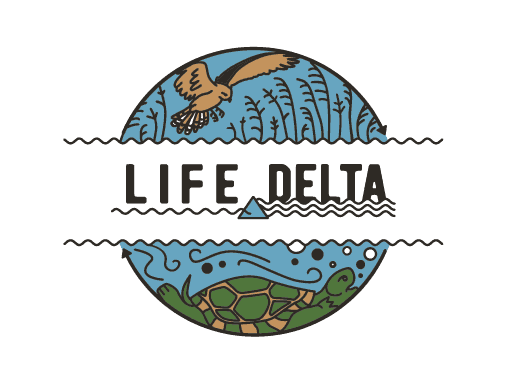
19 Apr Special kind of grazing. The revitalization of the Nida Delta will be helped by … Polish horses and cows
Once an integral part of the Świętokrzyskie landscape, today it is an unusual rarity. Cows in the pasture. One of the more numerous herds in the region can be seen in Ponidzie. There, animals were hired to help … with the revitalization of the Nida River delta.
It would seem that for these cows, it’s just plain grazing. However, here in Umianowice, the animals have a much more serious task. Twenty-three Polish Red cows have been hired by employees of the Complex of Świętokrzyskie and Nadnidziańskie Landscape Parks to help revitalize the inland delta of the Nida River.
“The cattle are mainly meant to eat out vegetation and create habitat for birds” explains Katarzyna Bień of the Complex of Świętokrzyskie and Nadnidziańskie Landscape Parks.
This breed of cows, as well as Polish horses, do well outdoors all year round. “The Polish horse in particular has very hard hoof horns. They are excellent at digging up roots to eat invasive plants” emphasises Dariusz Wiech from the Complex of Świętokrzyskie and Nadnidziańskie Landscape Parks.
These animals are among the endangered breeds. Fortunately… “Our local, Polish cattle are characterized by incredible endurance, they make great use of forage, they do well even on difficult terrain” says Katarzyna Bień.
And yet there are only a few breeders of the Polish Red in Świętokrzyskie.
Grzegorz Szymanski decided to raise sheep of a native breed – the black-headed sheep. In the Pińczów district he is the only one. Mr. Grzegorz runs a sustainable farm. The point is that the main goal is not profit, but animal welfare. And this directly translates into meat quality. Despite subsidies, few choose to breed endangered breeds. “And this is a mistake” experts stress.
“This is also an opportunity to attract tourists, because we need to turn the wheel on. Cheeses made from the milk of Polish red cows are absolutely unrivaled in terms of quality and composition” notes Wojciech Rasiński of the Polish Federation of Cattle Breeders and Milk Producers.
Although cows give less milk, its composition is a phenomenon underestimated in the Polish market. “Scientists have shown that the A2 type variant of this casein, the most primitive type, digests much better. Humans do not have so many problems because of food allergies” stresses Katarzyna Bień.
It is estimated that their population in Poland is only 2,500. Breeders stress that the situation could be reversed by subsidies. “Paid to those breeders who make the effort to maintain this agricultural landscape of the Świętokrzyskie region” says Wojciech Rasińki.




